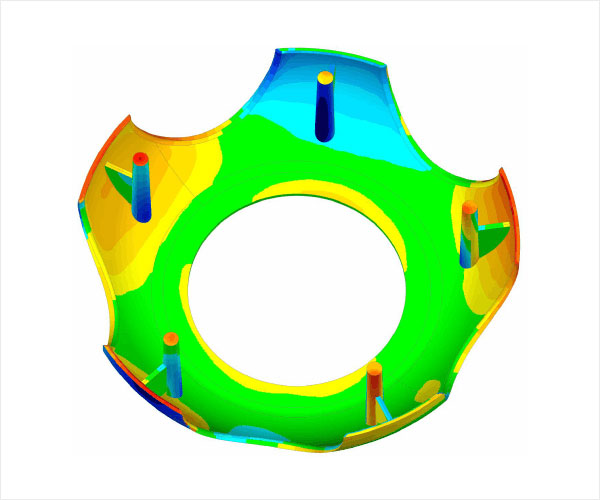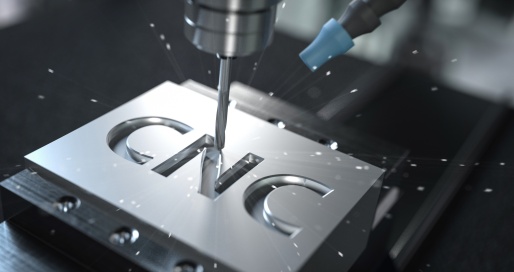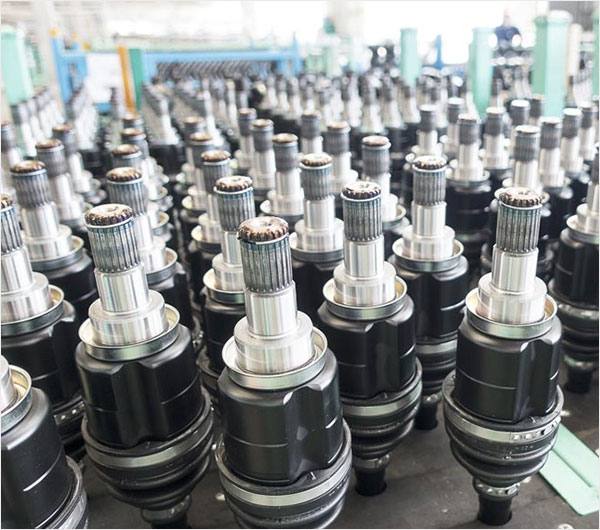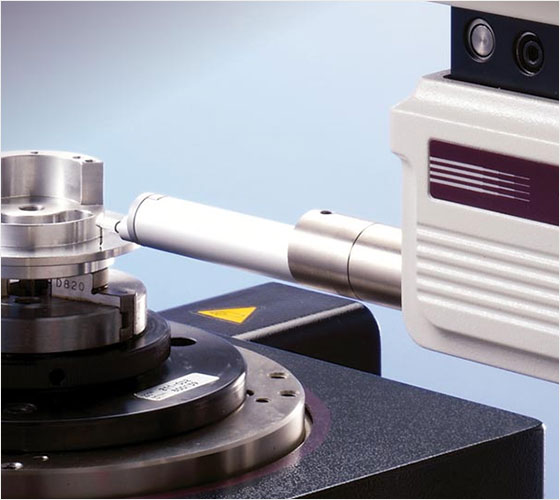Introduction
In the complex world of manufacturing, gear hobbing is a key player known for its precision and efficiency. This piece aims to reduce the complex nature of this method of production by outlining its steps, emphasizing its advantages, and evaluating real-world applications. As we delve into gear-hobbing, our goal is to make the technical details understandable while showcasing its importance in modern manufacturing. Join us on this journey where we unravel the gears of gear-hobbing and explore its role in the intricate machinery of production.
What is the basic gear hobbing process?
The gear hobbing process is a machining technique used in manufacturing to create gears. In this process, a specialized tool called a hob cuts teeth into a blank gear. The hob is a cylindrical-shaped cutter with helical grooves that match the desired gear tooth profile. During the operation, the gear blank and the hob are set in specific orientations, allowing the hob to progressively cut the gear teeth as they rotate against each other. The precision of the gear hobbing process ensures accurate tooth profiles and spacing, resulting in gears that mesh smoothly and function effectively in various machinery and mechanical systems. This method is widely employed in the production of gears for applications ranging from automotive transmissions to industrial machinery.
What is the importance of the gear hobbing process?
Gear hobbing is like creating puzzle pieces that fit perfectly together on machines. Imagine gears as the cogs that make things move smoothly, like in cars or big machines. The gear hobbing process is like making sure these cogs are just the right shape, so they work perfectly without making too much noise or wearing out too quickly. It’s like making gears that are superheroes in machines, helping them transfer power and move just the way we want them to. This process is essential in making sure machines work well, from small gadgets to huge industrial machines, and it’s a bit like magic, making sure everything fits and works like it should.
What is the machinery used in gear hobbling?
Gear hobbing, a precise gear manufacturing process, relies on specialized machinery designed for accuracy and efficiency. The central component is the hobbing machine, which features a rotating cutting tool called a hob. This machine engages with a gear blank, progressively cutting teeth as they rotate against each other. The hob, a cylindrical cutting tool with helical grooves matching the desired tooth profile, is mounted on the machine and executes the precise cutting into the gear blank. To ensure stability during the cutting operation, a workholding device is used to secure the gear blank. A coolant system manages heat generated by friction, and a feed mechanism controls the movement of the machine, guiding the hob for accurate tooth cutting. Modern machines often feature a control panel for operator adjustments, and advanced models may include a tool changer for automatic swapping of different hobs, facilitating versatile gear production. The choice of gear hobbing machinery depends on specific production needs, ranging from smaller machines suitable for prototyping to larger, high-capacity machines for mass gear production in industrial settings.
Lets learn more
After reaching this far, we know, “What is the gear hobbing process?” and we know the advantages of gear hobbing but there is still a lot to learn, so now let’s know more. But the real question that where to learn more? But don’t worry, we have a solution for that and the solution is to visit the website of Junying. On the website of Junying, you can find out many unknown facts about machines, so learn more by visiting this website.
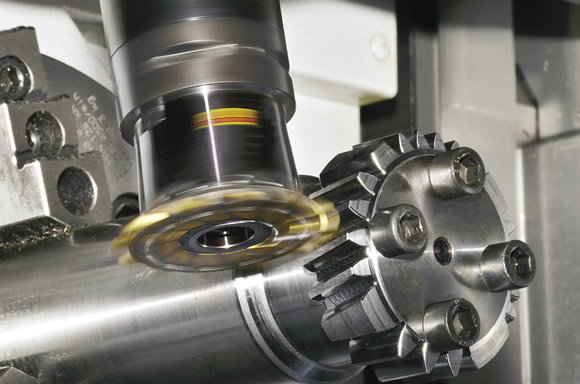
FAQs
How Does Gear-Hobbing Differ from Other Gear Manufacturing Techniques?
Gear-hobbing stands out in the manufacturing landscape. Explore the distinctive features that set it apart from other gear manufacturing techniques.
Is Gear-Hobbing hobbing suitable for Small-Scale production?
The scalability of gear-hobbing is a common query. Uncover whether this precision-centric process is adaptable to small-scale production requirements.
Are there environmental benefits to Gear-Hobbing?
Beyond precision, environmental considerations are crucial. Delve into the eco-friendly aspects of gear-hobbing and its impact on sustainable manufacturing.
Can Gear-Hobbing be automated?
Automation is a buzzword in modern manufacturing. Learn how gear-hobbing aligns with automation trends, enhancing efficiency and reducing manual intervention.
What Materials Are Compatible with Gear-Hobbing?
Material compatibility is pivotal in manufacturing. Gain insights into the range of materials seamlessly integrated into the gear-hobbing process.
How Does Gear-Hobbing Contribute to Product Longevity?
Longevity is a key factor in product durability. Explore how the precision achieved through gear-hobbing translates to extended product lifecycles.
Conclusion
As we conclude our exploration, the gear-hobbing process emerges not just as a manufacturing technique but as an art form. The precision, efficiency, and adaptability it offers propel industries into new frontiers of innovation. Embrace the gear-hobbing revolution, where excellence meets manufacturing.




